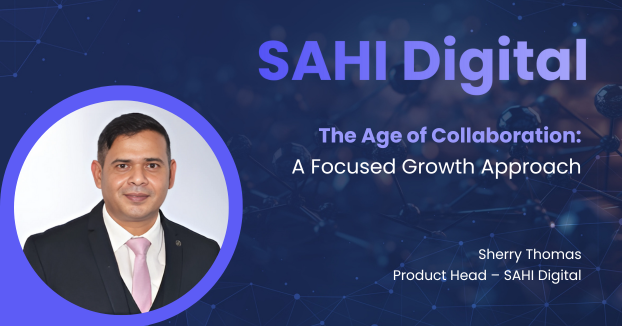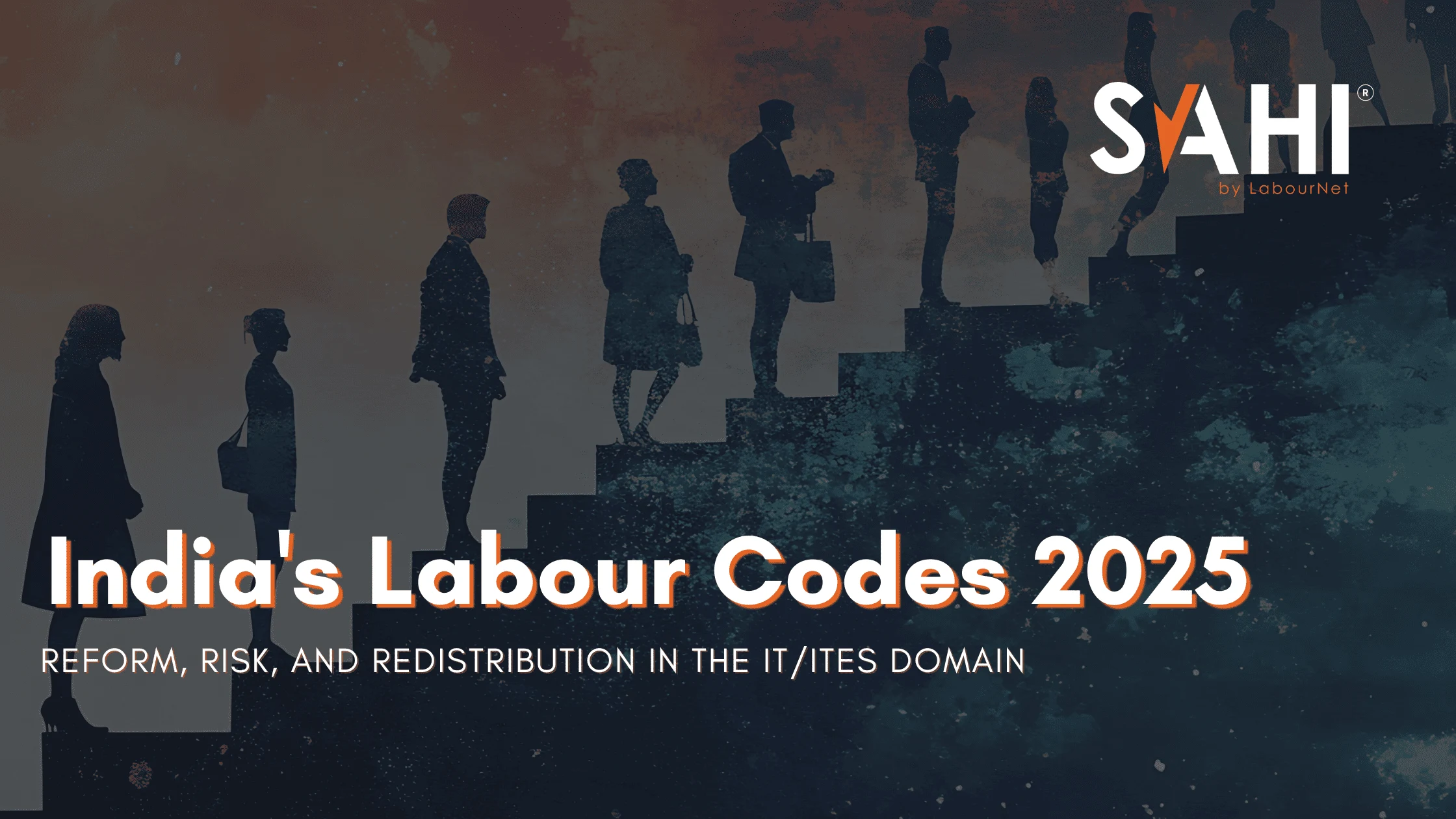The Age of Collaboration: A Focused Growth Approach
In the pre-digital world, success was defined by the “winner takes all” mindset—companies guarded their turf and competed in a zero-sum game. But digital transformation changed the rules. With lowered entry barriers and widespread access to tools, success today depends less on individual dominance and more on co-creation through partnerships, platforms, and networks.
Cloud technology, APIs, and talent platforms have made it easier to collaborate, innovate, and scale quickly. Cross-industry alliances are solving complex problems and unlocking new markets, proving that no single company can thrive alone in a fast-changing world.
This shift makes collaboration a core growth strategy—not just a support function. From integrating automation and AI with human capabilities to breaking down silos across internal teams, collaboration fuels smarter, more agile operations. External partnerships with vendors and gig networks also enable businesses to stay future-ready.
However, collaboration must be focused and strategic—not spread thin. The key is aligning with the right partners to build depth in high-impact areas. Platforms like SAHI enable this by offering on-demand, skilled talent and flexible workforce models. Internally, a culture of trust, shared accountability, and cross-functional problem-solving ensures collaboration becomes a sustainable engine for growth.
Data-Driven Returns of Effective Collaboration:
Enterprises see clear ROI from focused collaboration:
- 40% recruitment cost savings by building predictable early-career pipelines, according to Deloitte.
- 47% turnover reduction reported by firms that embed talent assessments into hiring and onboarding.
- 800% productivity lift from placing top performers in mission-critical roles, per McKinsey
The numbers below tell a clear story about retention trends over the last few years.

These numbers spell out the pain: losing talent hurts operations, kills productivity, and raises costs—estimated at 50–200% of salary per departure. For enterprises, that’s a pressing business problem.
A Design-Focused Collaboration
A successful collaborative model includes the following elements:
- Source & Screen: Deep sourcing with partners, aligned to defined enterprise role profiles.
- Prepare & Pre-board: Training + onboarding support to tame early attrition.
- Deploy & Support: In-role integration, mentoring, and check-ins aligned to enterprise KPIs.
This means working across training providers, tech platforms, career coaches, and HR teams—all orchestrated around enterprise productivity and retention goals. It’s a ‘strategic partnership’ designed for impact. As a workforce solutions partner, at SAHI we build enterprise-aligned talent pipelines—not generic hiring funnels.
Collaboration with Clear Outcomes
Partnerships should be built on pipelines, not programs. Each collaboration should be scoped around measuring:
- Attrition hotspots in the first 90 days
- Onboarding speed to baseline productivity
- Cost per hire vs. performance delta
- Employee engagement scores linked to retention
Continuous calibration of the pipeline in collaboration with enterprise stakeholders, ensures interventions translate into measurable business impact.
Building Trust, Creating Value
In the face of rising workforce challenges—IT sector attrition at 15.1% in 2024 (down from 19.3% in 2023), growing skill mismatches, and fluctuating employee engagement—enterprises need partners who design solutions, not just fill seats. SAHI’s methodology does just that—aligned sourcing, profiling, training, and support—driving faster time-to-productivity and deeper retention.
SAHI doesn’t chase recruitment volume. We focus on building pipelines that deliver capable, supported talent—talent that stays, performs, and grows with the enterprise.



